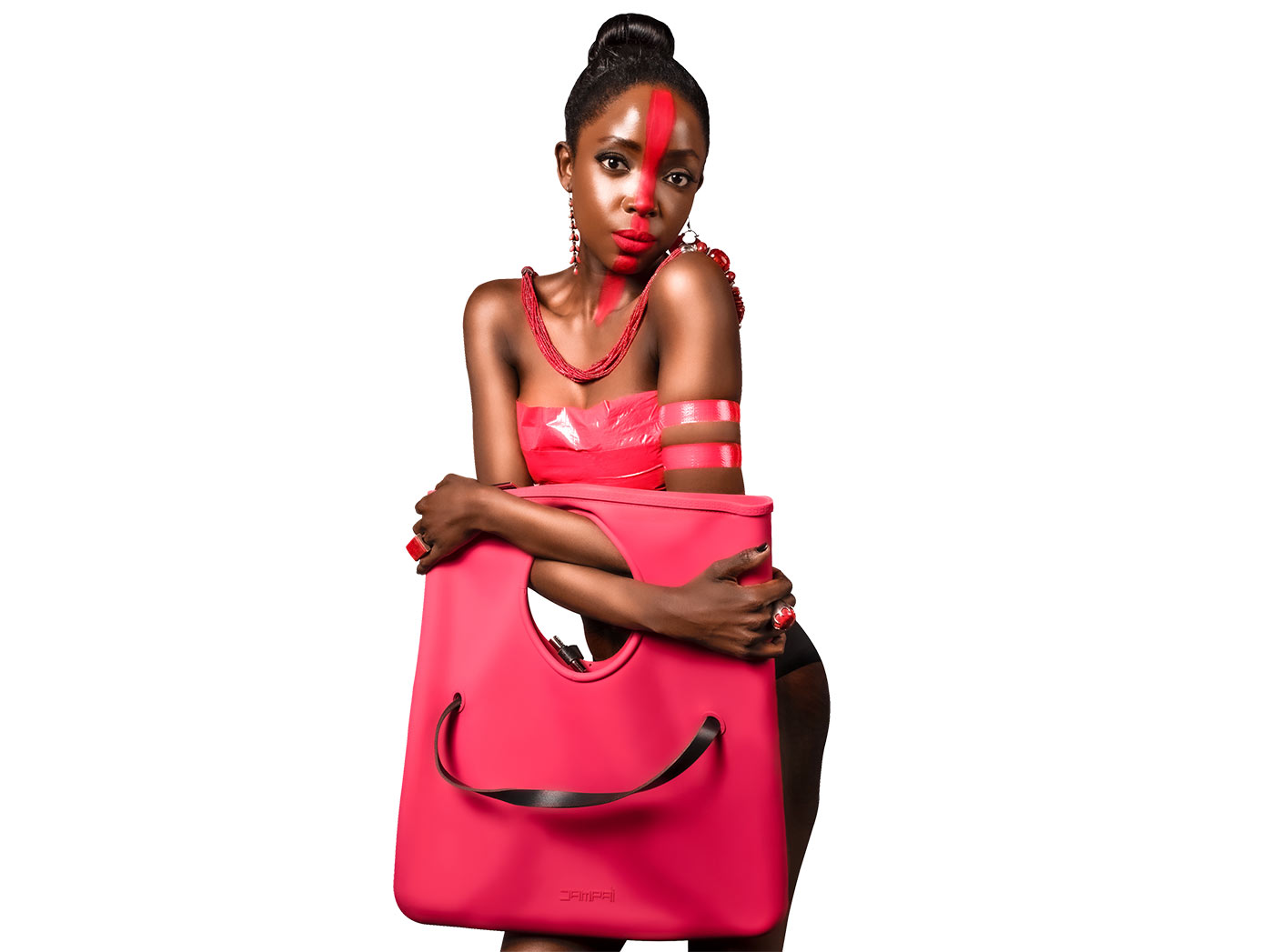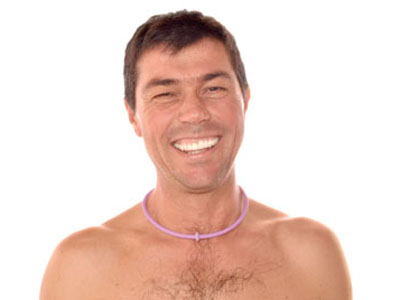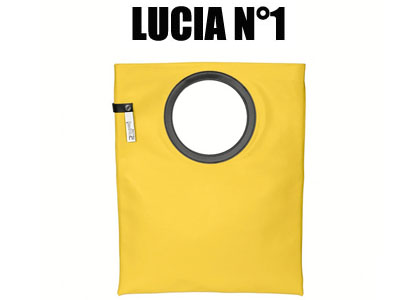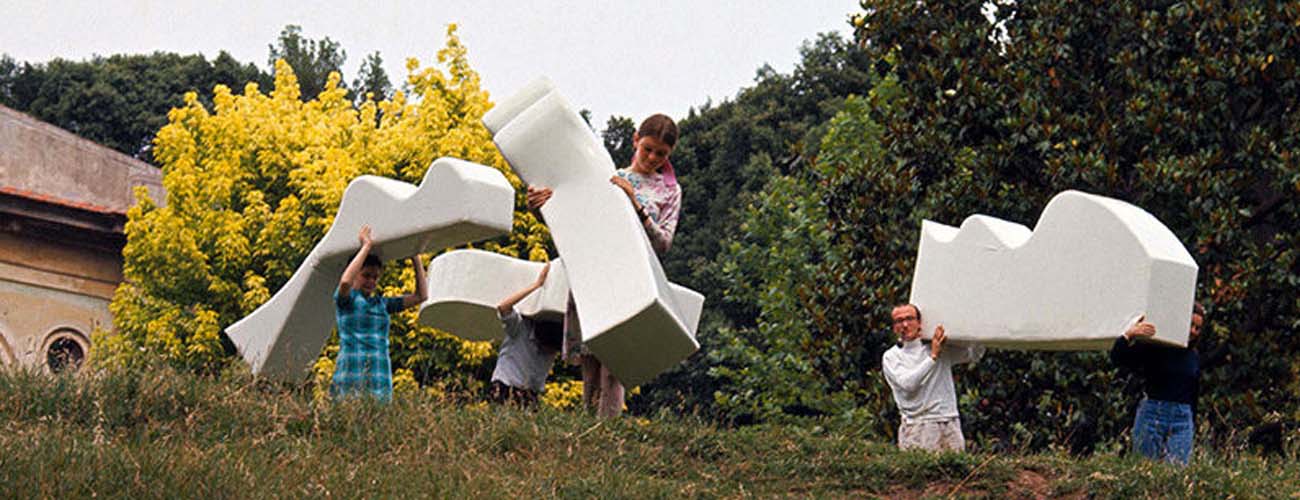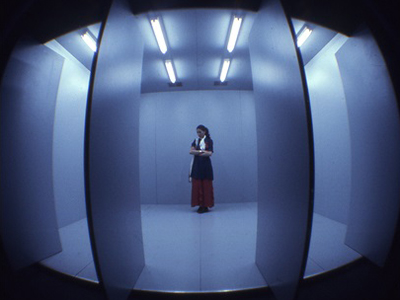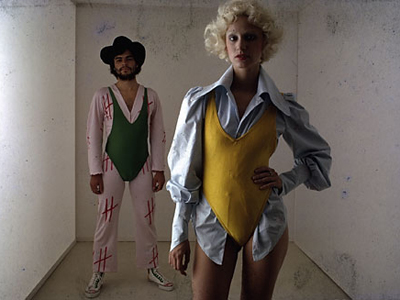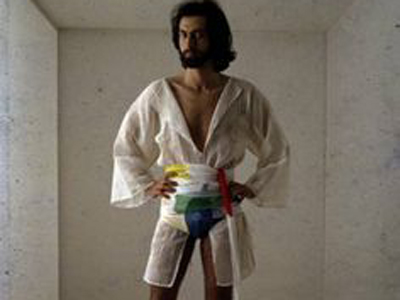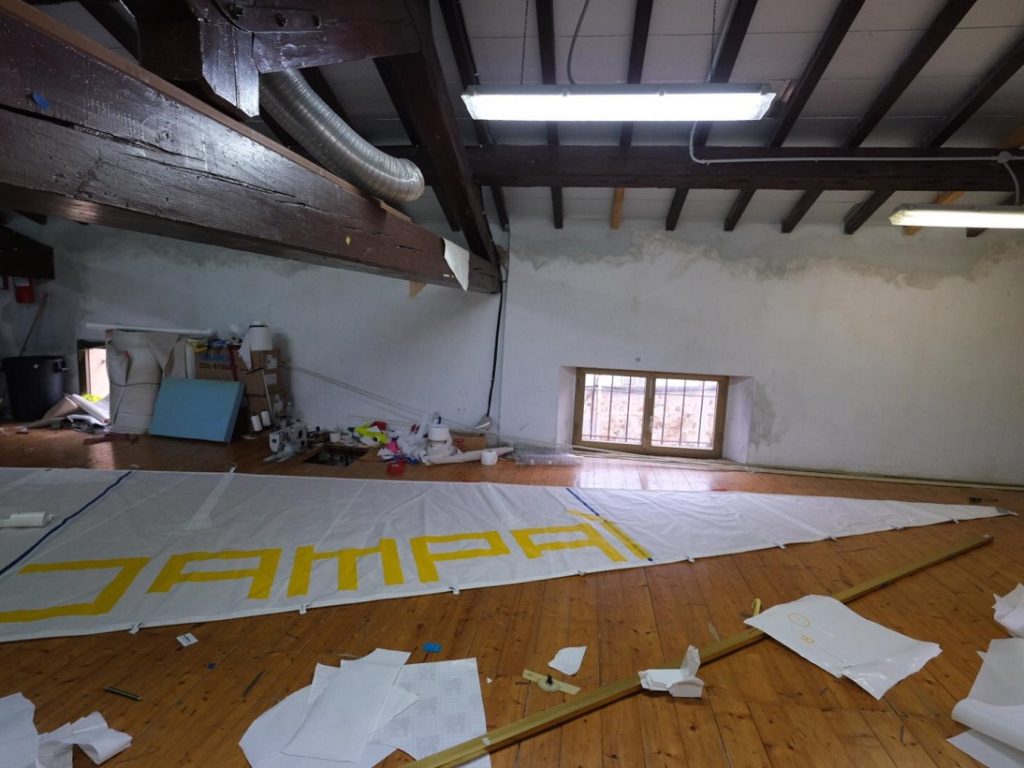“Pantone” is a bizarre word, a funny mystery, almost nonsense. It is also a particular type of marker pen and a Brussels hotel with a décor in the rainbow palette. But above all, it is a system developed in the 1950s to classify the colors and translate those printed in CMYK (cyan, magenta, yellow and black) simply thanks to a code. And since the Dampaì motto is about color, and the chromatic variations of our collections are the result of an emotional and courageous choice at the same time, the universe of color is particularly close to our hearts.
For over twenty years, the Pantone Color of the Year has guided product development and purchasing decisions in the fields of fashion; interior, graphic, and industrial design; even packaging and chef dishes. A team of experts from the Pantone Color Institute explores the virtual sphere of social media but also every corner of our earth-and-water globe to identify new trends in terms of color, ranging from the world of entertainment to fashion, from art to design, from sport to new technologies, to the most popular tourist destinations. Because Pantone is a palette of infinite shades, a multi-ethnic language, a lifestyle.
Pablo Picasso used to say: “When I no longer have blue, I wear red.” Yes, but which red?
PEACH FUZZ the color of the year 2024


VOGLIA DI TENEREZZA
Peach Fuzz 13-1023 – Pantone Color of the Year 2024 – è una delicata e avvolgente tonalità pesca che regala un abbraccio tattile riecheggiando il nostro innato desiderio di vicinanza e connessione. In un’epoca piena di tumulti, il bisogno di empatia e tenerezza cresce giorno dopo giorno, ispirando sentimenti di solidarietà e protezione. A metà strada tra il rosa e l’arancio, tra giovinezza e intramontabilità, Peach Fuzz irradia calore e sprigiona una leggerezza gentile che ci lascia immaginare un futuro più inclusivo e compassionevole.
The History of Pantone Colors of the Year


Bold yet versatile, vibrant and playful, exuberant and inclusive. Viva Magenta 18-1750, a courageous hybrid between carmine red, crimson and intense raspberry, is the Color of the Year 2023. An unconventional shade in unconventional times, it is for living the future with a rebellious spirit and renewed optimism, for meeting others with trust and empathy, humanity and compassion. Fresh out of a pandemic, facing war, an unstable economy, social unrest and growing climate change, we must heal.


A «dynamic periwinkle blue tone with a vivifying purplish red undertone that blends the fidelity and constancy of blue with the energy and excitement of red». This is Very Peri 17-3938, the “color of the year 2022” dedicated to courage, renewal, and the expression of the moment of transition we are going through. Very Peri is a promise of the change and rebirth that we would not be able to give up.




Ultimate Gray (Pantone 17-5104) and Illuminating (Pantone 13-0647) , respectively a solid and sparkling gray like the pebbles of a beach, and a vivid and warm yellow like the rays of the sun that illuminate it; the first being concrete and reassuring, while the other is soft and vibrant with hope. In a historical moment in which we wanted to come back to embracing each other, the Pantone 2021 colors are two ,
“to demonstrate that different elements come together to support each other” they write in the official statement. A combination of strength and solidarity, which conveys the desire to start over, to make up for lost time, to look at everyday life and the future with renewed energy. Because we needed to think that everything would will shine again.


The first “Pantone Color of the Year” was, in 2000, the color Cerulean Blue 15-4020. It is the color of the sky and the sea, and in the same year it was proclaimed “Color of the Millennium”.


In 2001 the tranquility of blue was forgotten and Pantone celebrated Fuchsia Rose 17-2031, a bold and captivating color, capable of attracting the female universe.


In 2002 it was True Red 19-1664, an intense and deep red shade with a strong patriotic appeal that was chosen as a result of the terrorist attacks of September 11th.




In 2004 , Tigerlily 17-1456 , a warm orange that mixes points of red and yellow that evoke power and passion in one and hope in the other; two colors from which a bold and regenerating color was created.


In 2005 Pantone, following the vein of nature, selected Blue Turquoise 15-5217 , the color of the sea, a sweeter and fresher version of Turquoise.


In 2006 , it was Sand Dollar 13-1106 , a neutral shade, also with natural references, which well expressed the concerns of those years for the economic situation.


2007 was the year of Chili Pepper 19-1557 , an explosion of color that reflects the spirit of adventure and the self-confident attitude of all the individuals who at that time began to express and manifest their personality through blogs and the pages of the first social networks.


In 2008 , Pantone chose Blue Iris 18-3943, a color that satisfies the need for reassurance in an increasingly complex world, with the addition of a pinch of mystery and excitement.


2009 was the year of Mimosa Yellow 14-0848, a reassuring color, an expression of optimism and hope, fundamental in a time of economic uncertainty and political change.


The Pantone color of the year 2010 was Turquoise 15-5519 with its ability to evoke pleasant thoughts and images of tropical paradises to escape to from with the imagination from everyday problems and thus restore a sense of well-being.


Honeysuckle 18-2120, was the color of 2011: a pink shade tending to red, encouraging and stimulating, which instills confidence and courage to face the challenges of everyday life with verve and enthusiasm.
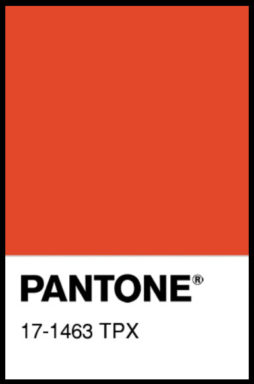

In 2012, on the wave of this energy, it was the turn of Tangerine Tango 17-1463: a lively reddish orange that combines the adrenaline rush of red with the warmth of yellow, to form a magnetic hue that emanates heat and energy.


In 2013, growth, renewal and prosperity brought Emerald Green 17-5641 to be the color of the year for its ability to convey a sense of regeneration, which is why in past centuries many countries chose this shade of green to represent healing.


In 2014 Pantone changed from green to purple and chose Radiant Orchid 18-3224, a captivating mix of fuchsia, purple and pink shades, which captures attention with its seductive charm, stimulates the imagination, inspires confidence and emanates joy, love and well-being.


In 2015 the color of the year was Marsala 18-1438, a naturally simple and robust red wine,


In 2016, Pantone chose two colors, which was a great novelty compared to previous years: Rose Quartz 13-1520 and Serenity 15-3919. The first romantic and delicate…


…the second relaxing and refined. These two colors give a feeling of balance and safety thanks to the embrace between the warmth of pink and the cold of blue.


The color of the year 2017 was Greenery TCX 15-0343, a very difficult green to wear. A color that symbolizes our desire to renew ourselves and get back in touch with nature.


2018 was the year of PANTONE Ultra Violet 18-3838 , a dramatically provocative and reflective shade of purple that communicates originality, ingenuity and visionary thinking, and shows us the way to the future.
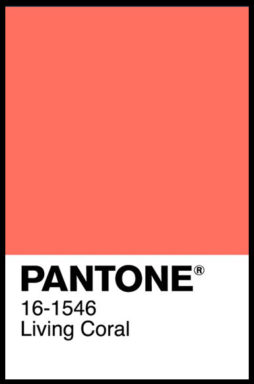

Lively yet delicate, Living Coral 16-1546 was the color of the year 2019 , which envelops us with warmth, instilling optimism in a constantly changing world. With the invasion of digital technology and social media increasingly an integral part of our daily lives, we are looking for authentic and engaging experiences that allow us to establish personal bonds and intimacy.


. 2020 was the year of Classic Blue 19-4052 , an eternal and timeless shade of blue, elegant and simple. Recalling the sky at dusk, the reassuring qualities of this stimulating color highlight our desire for a stable base from which to start as we prepare to cross the threshold of a new era.
Text by Marco Tenucci

